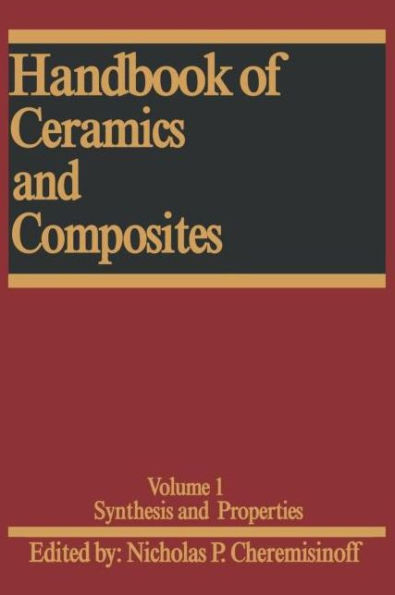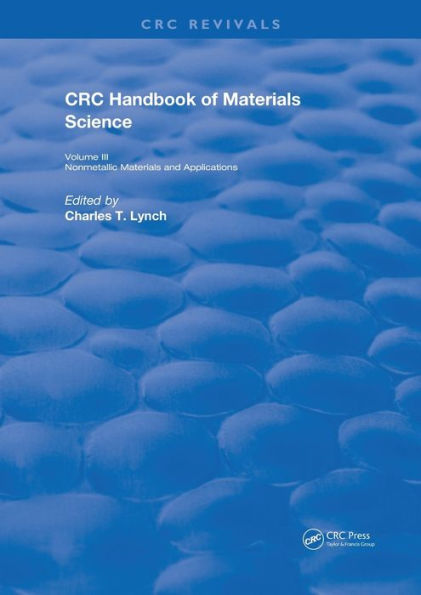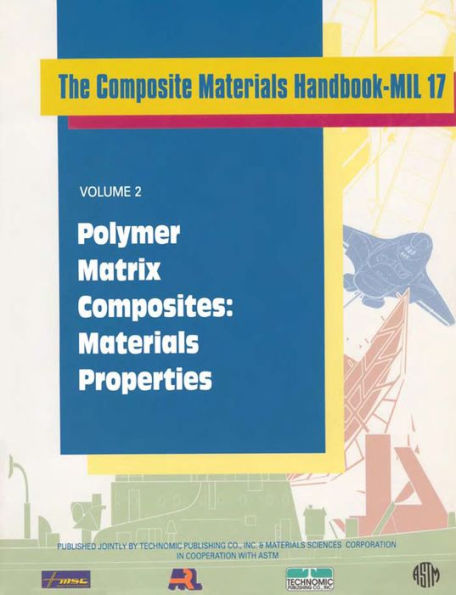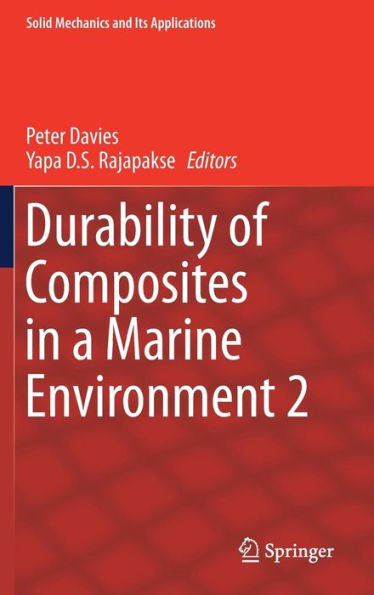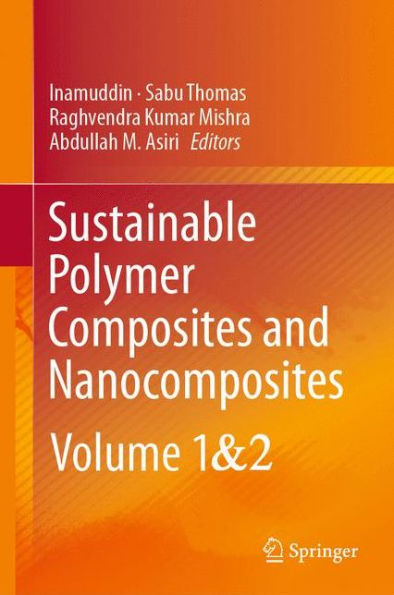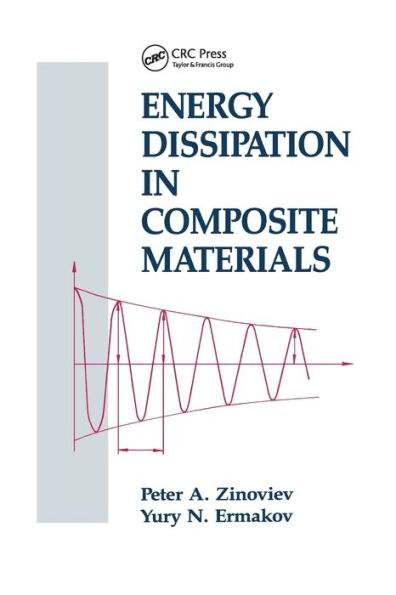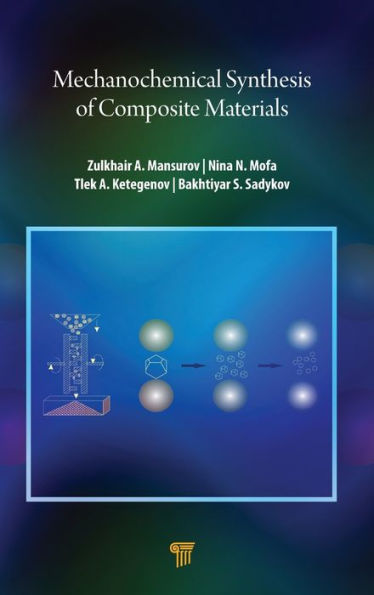Home
Handbook of Ceramic Composites
Barnes and Noble
Handbook of Ceramic Composites
Current price: $449.99
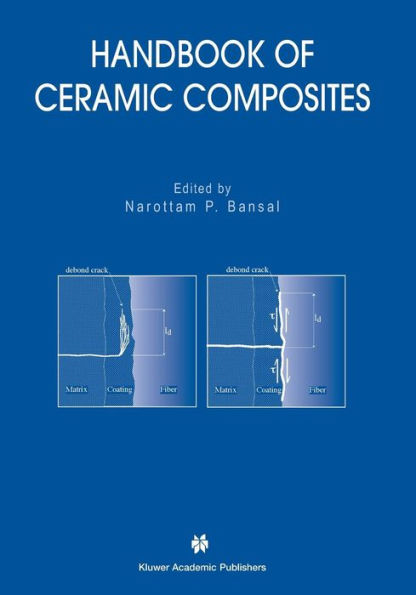

Barnes and Noble
Handbook of Ceramic Composites
Current price: $449.99
Size: OS
Loading Inventory...
*Product information may vary - to confirm product availability, pricing, shipping and return information please contact Barnes and Noble
Ceramic matrix composites (CMCs) are at the forefront of advanced materials technology because of their light weight, high strength and toughness, high temperature capabilities, and graceful failure under loading. During the last 25 years, tremendous progress has been made in the development and advancement of CMCs under various research programs funded by the U.S. Government agencies: National Aeronautics and Space Administration (NASA), Department of Defense (DoD), and Department of Energy (DOE).
Ceramic composites are considered as enabling technology for advanced aeropropulsion, space propulsion, space power, aerospace vehicles, and space structures. CMCs would also find applications in advanced aerojet engines, stationary gas turbines for electrical power generation, heat exchangers, hot gas filters, radiant burners, heat treatment and materials growth furnaces, nuclear fusion reactors, automobiles, biological implants, etc. Other applications of CMCs are as machinery wear parts, cutting and forming tools, valve seals, high precision ball bearings for corrosive environments, and plungers for chemical pumps. Potential applications of various ceramic composites are described in individual chapters of the present handbook.
Handbook of Ceramic Composites is different from the other books available on this topic. Here, a ceramic composite system or a class of composites has been covered in a separate chapter, presenting a detailed description of processing, properties, and applications. Each chapter is written by internationally renowned researchers in the field. The handbook is organized into five sections: Ceramic Fibers, Non-oxide/Non-oxide Composites, Non-oxide/Oxide Composites, Oxide/Oxide Composites, and Glass and Glass-Ceramic Composites.
This handbook should be a valuable source of information for scientists, engineers, and technicians working in the field of CMCs, and also for designers to design parts and components for advanced engines, and various other industrial applications.
